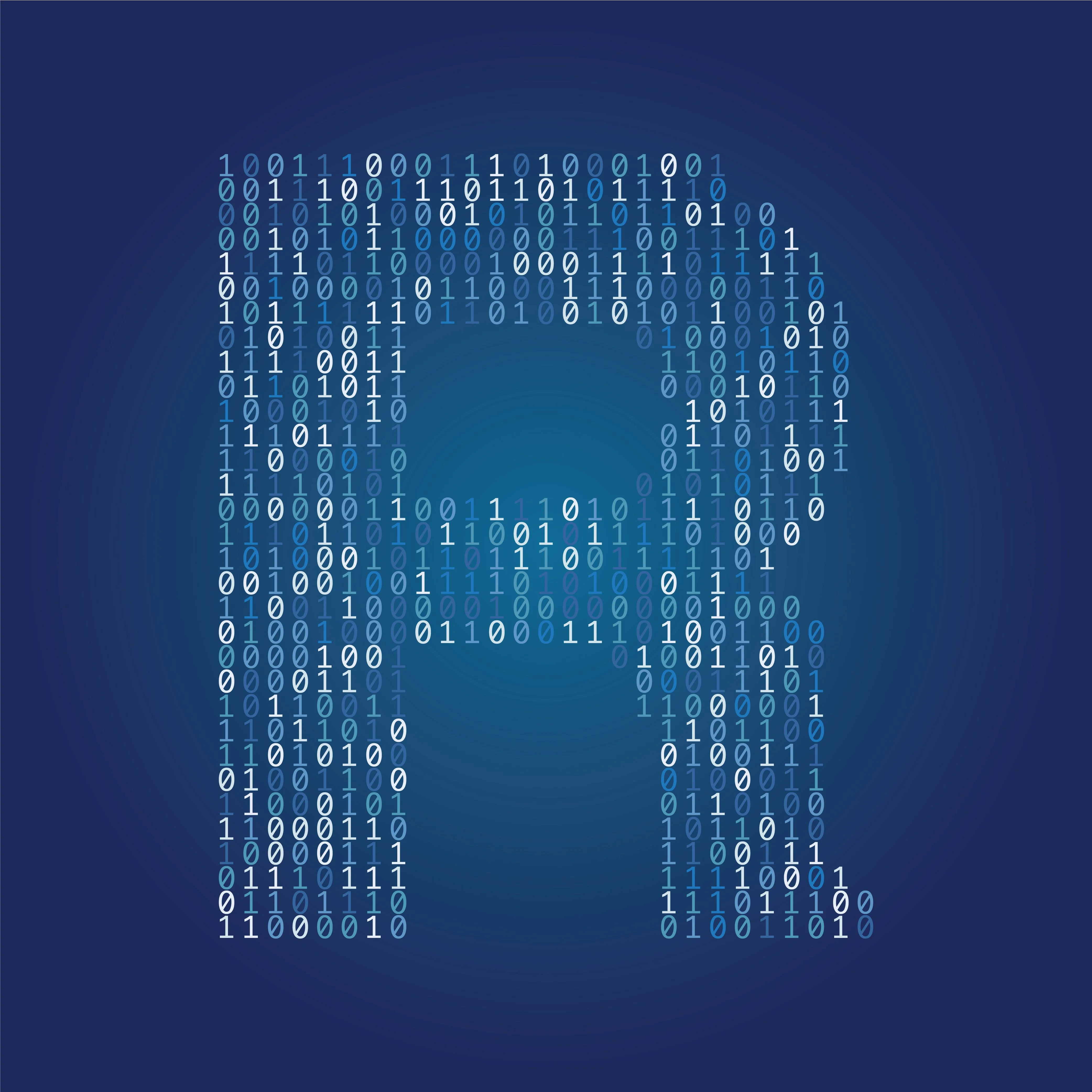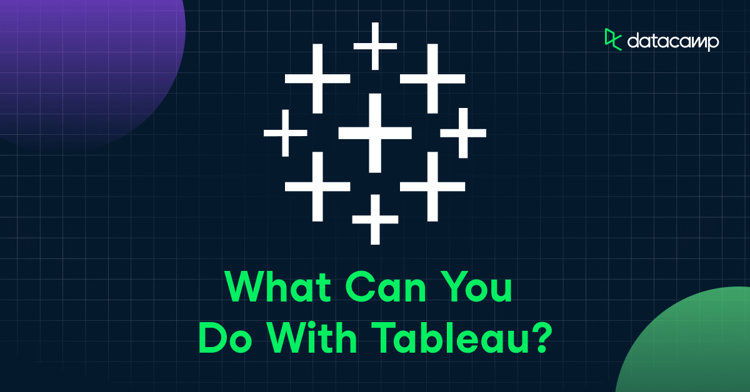Course
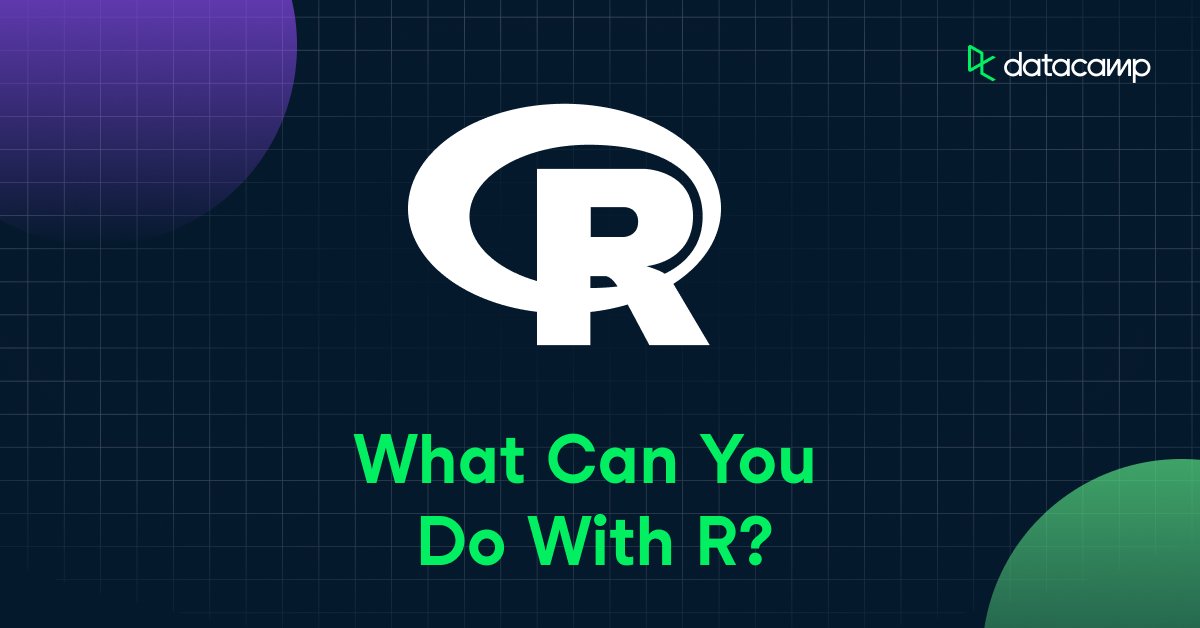
With its specialization in all things data science, including machine learning, data analysis, and visualization, R has revolutionized the way we understand data. Used by many people from different professional backgrounds, including data scientists, academic researchers, and even financial analysts, R has long appeared in the TIOBE index.
R programming has many different uses, and in this article, we look into some of the different things you can do with R programming once you’ve mastered it.
What Can You Do When You Master R For Data Science?
1. Build Awesome and Custom Data Visualizations and Dashboards

Data visualization is essential to understanding data, and R's ggplot2 package—oft described as the greatest data visualization tool ever created—makes it easy to draw almost any plot you can imagine. Mastering ggplot2 will set you on your way to harnessing the power of R.
For even more impressive visualizations, you can combine ggplot2's elegant syntax with plotly's interactivity, or use shiny to create interactive dashboards.
How to get started
- Course: Introduction to Data Visualization with ggplot2
- Course: Interactive Data Visualization with plotly in R
- Course: Building Web Applications with Shiny in R
- Skill Track: Data Visualization with R
2. Explore, manipulate, and calculate on datasets
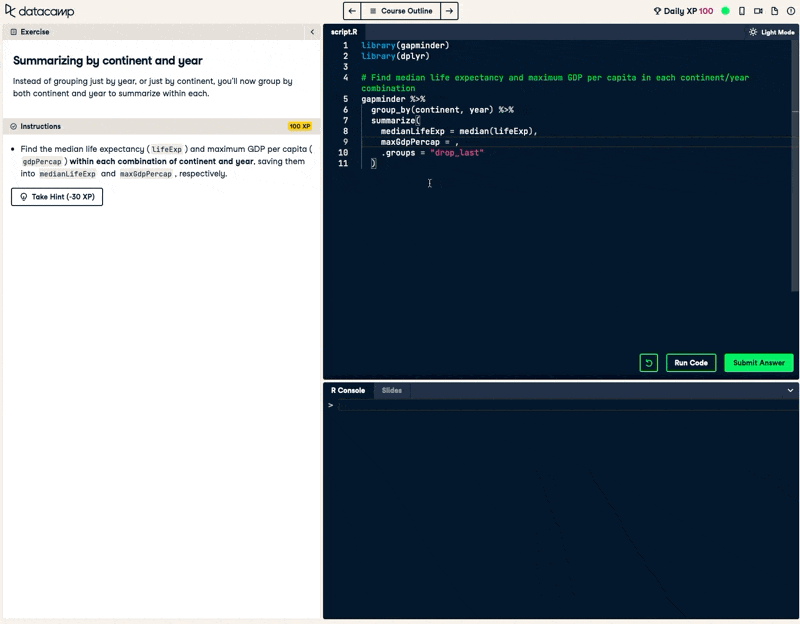
Exploratory data analysis—getting to know what is in your dataset—is the first step whenever you receive new data. R's "tidyverse" suite of packages, including dplyr and tidyr, lets you manipulate and calculate on data with an easy to use syntax that makes it simple to rapidly get to the answer you need.
How to get started
- Course: Introduction to the Tidyverse
- Course: Data Manipulation with dplyr
- Course: Reshaping Data with tidyr
- Skill Track: Data Manipulation with R
3. Perform data experiments with statistics
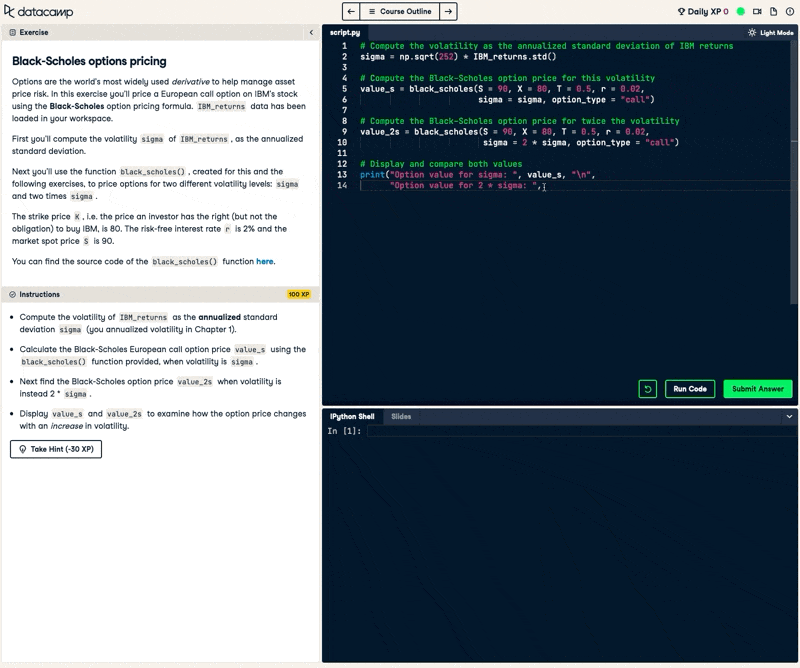
Statistics ensures that your data analyses are scientifically rigorous. R has perhaps the most extensive suite of statistical tools available for any programming language. From simple descriptive statistics like calculating means and standard deviations, through statistical models like linear regression and logistic regression, to experimentation techniques like A/B testing, R puts the power of statistics in your hands.
How to get started
- Course: Introduction to Statistics in R
- Course: Introduction to Regression in R
- Course: Introduction to A/B Testing in R
- Skill Track: Statistics Fundamentals with R
4. Predict everything with Machine Learning
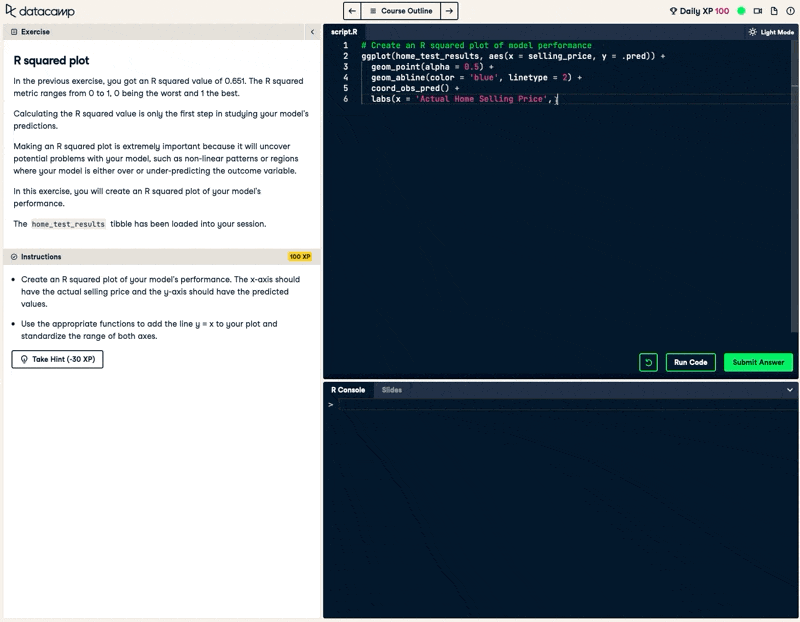
Machine learning is the art of making predictions using data. As with statistics, R has a vast range of tools for letting you run any machine learning model that you desire. Mastering machine learning will allow you to build predictive models such as customer churn models, movie recommendation systems, and more.
How to get started
- Course: Supervised Learning in R: Classification
- Course: Supervised Learning in R: Regression
- Course: Unsupervised Learning in R
- Course: Modeling with tidymodels in R
- Career Track: Machine Learning Scientist with R
5. Automate reporting with R Markdown documents
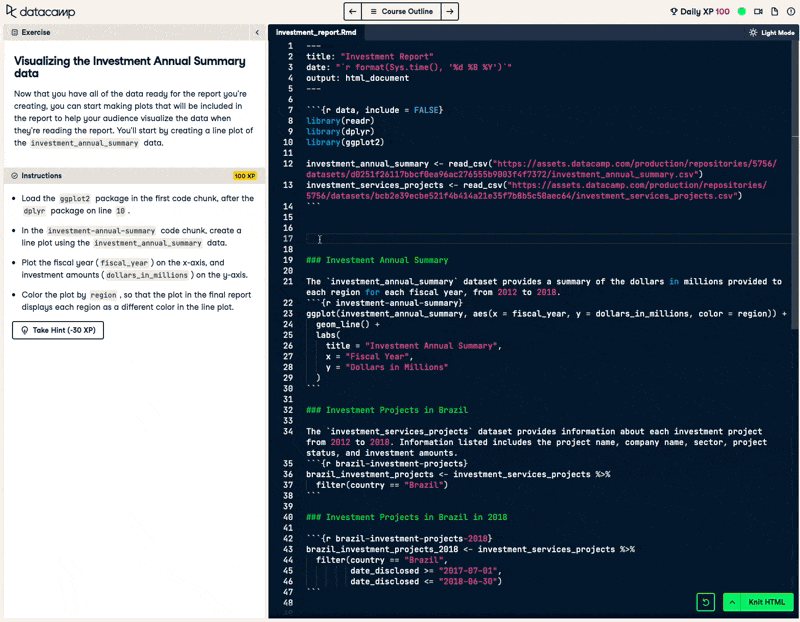
In order to best communicate the results of your analysis, you can structure your outputs in a report for others to read. R Markdown provides a comprehensive, simple to use syntax that can generate reports in a variety of formats, whether you are creating written documents, presentations, or even writing a book.
How to get started
- Course: Reporting with R Markdown
- Course: Communicating with Data in the Tidyverse


